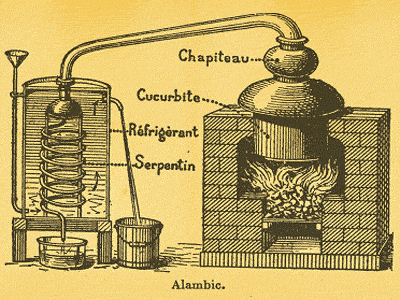My spikenard sends forth its fragrance. A bundle of myrrh is my beloved to me - Song of Solomon 1: 12b - 13a

Welcome to Spikenard and Myrrh!
No matter where we may be in our health management, there is always something that can be done to enhance and contribute to our overall health. ! The desire is to foremost share, learn, make available and to revive the connection of self-responsibility to our overall health. We welcome you to visit the blog from time to time to expand on you already pre-existing knowledge of health management, to read interesting historical information, stories, testimonies of people’ s personal experiences with essential oils and adjunct body therapies as well as to leave your very own footprint of knowledge on the blog.

No comments:
Post a Comment